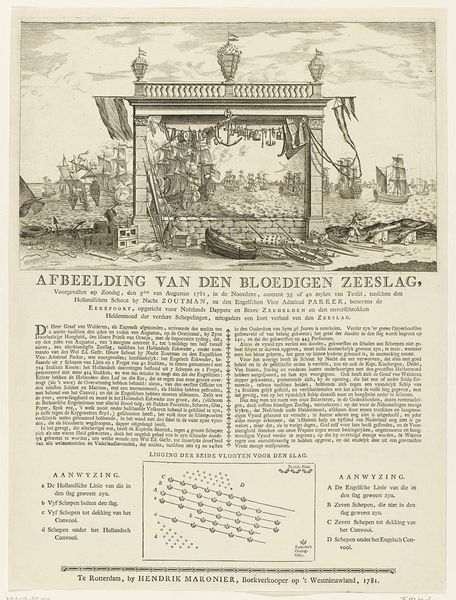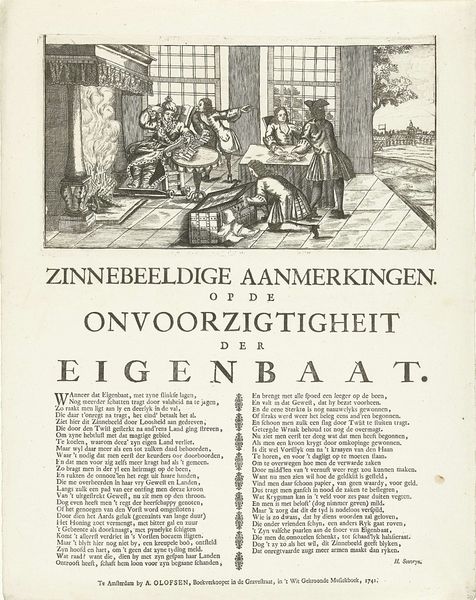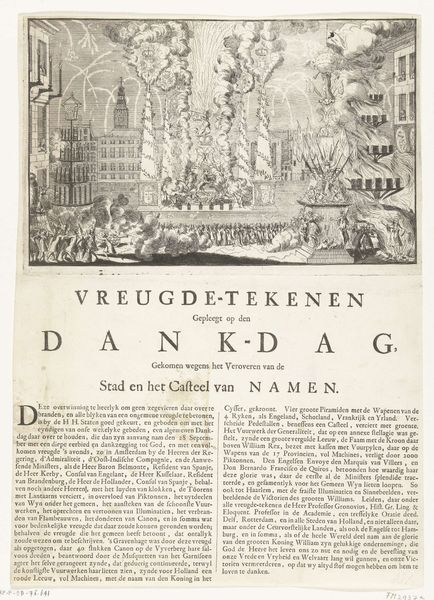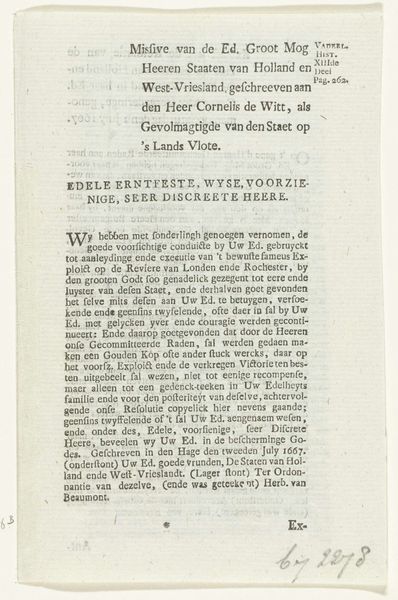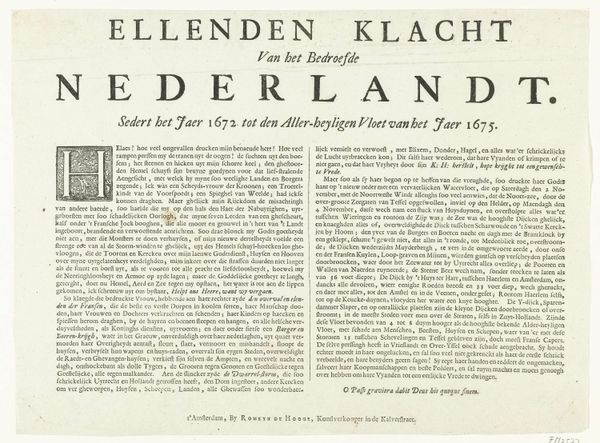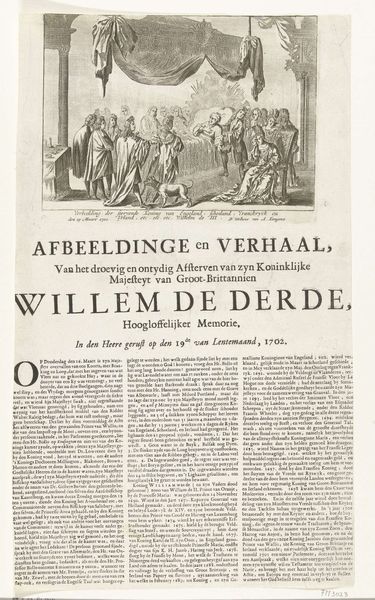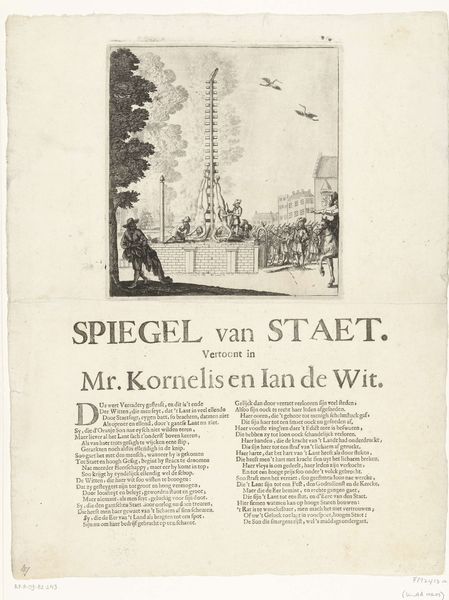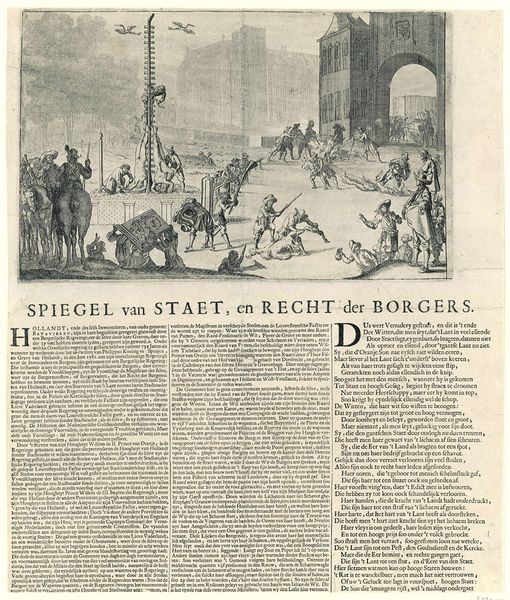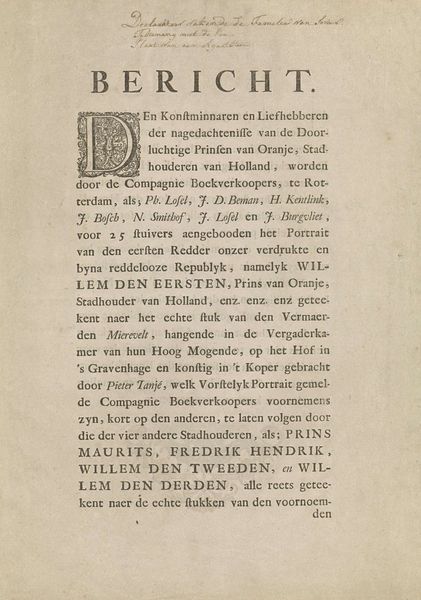
Allegorie op de erfstadhouderschap aangeboden aan de prins van Oranje, 1674 1674
0:00
0:00
romeyndehooghe
Rijksmuseum
print, engraving
#
allegory
#
narrative-art
#
baroque
#
dutch-golden-age
# print
#
figuration
#
line
#
history-painting
#
engraving
Dimensions: height 535 mm, width 348 mm
Copyright: Rijks Museum: Open Domain
Editor: So, this is "Allegorie op de erfstadhouderschap aangeboden aan de prins van Oranje, 1674," an engraving by Romeyn de Hooghe. It's incredibly detailed, almost overwhelming. I’m curious about how to interpret this complex scene. What stands out to you in this piece? Curator: What strikes me is the artist’s pointed commentary on power and succession during a politically charged era in the Netherlands. The print encapsulates the shift to hereditary stadtholdership for William of Orange. Consider how this solidified power within a specific lineage and the implications this had for republican ideals at the time. What symbols do you recognize here, and how might they comment on shifting political and social dynamics? Editor: I see a lot of classical and religious symbolism, angels perhaps offering something to William. Is it a comment on divine right? Curator: Exactly. De Hooghe is playing with visual language familiar to his audience, suggesting both heavenly approval and a potential critique of absolute power. Who benefits and who suffers when power becomes entrenched within one family? Consider those Levellers whose burial ground is shown above! Think about it not just as historical record but as a piece engaging with enduring debates about liberty versus centralized control. Editor: That’s fascinating. So it’s less a straightforward celebration and more of a nuanced, even critical, observation. It certainly makes me rethink my initial interpretation. Curator: Precisely. Art from this period wasn’t just decorative, it actively participated in shaping public discourse. Seeing how De Hooghe used allegory helps us unpack the complex web of power, religion, and identity politics that defined the Dutch Golden Age, and what echoes of these issues persist even today. Editor: I'll definitely be looking at Dutch Golden Age art with a more critical eye from now on, especially regarding power and propaganda.
Comments
No comments
Be the first to comment and join the conversation on the ultimate creative platform.

